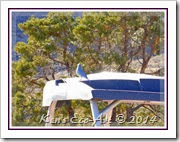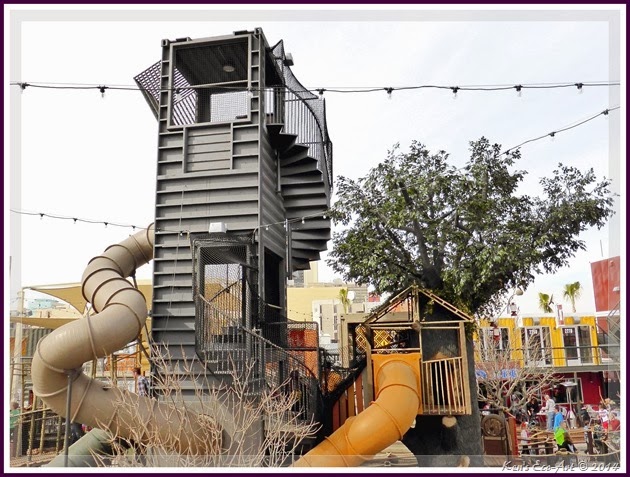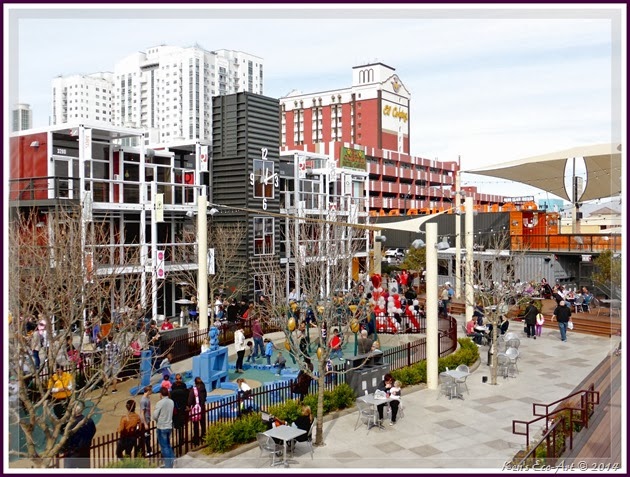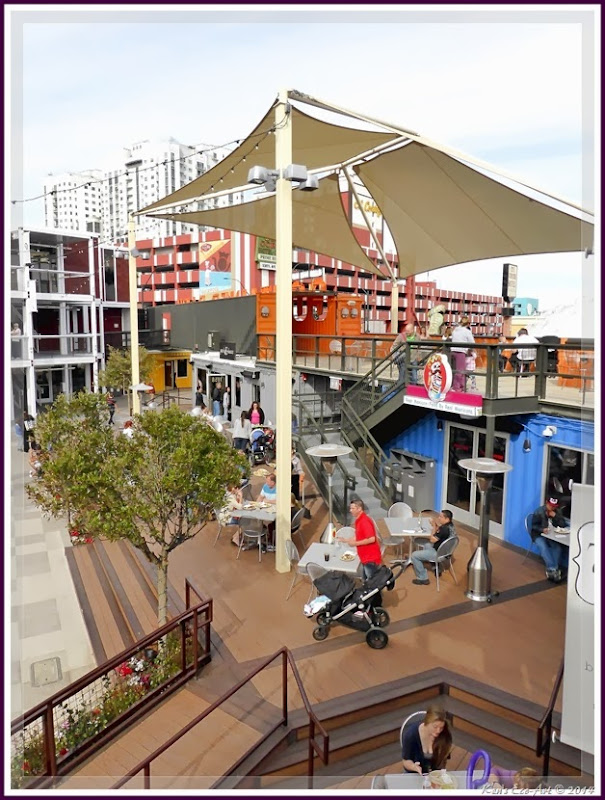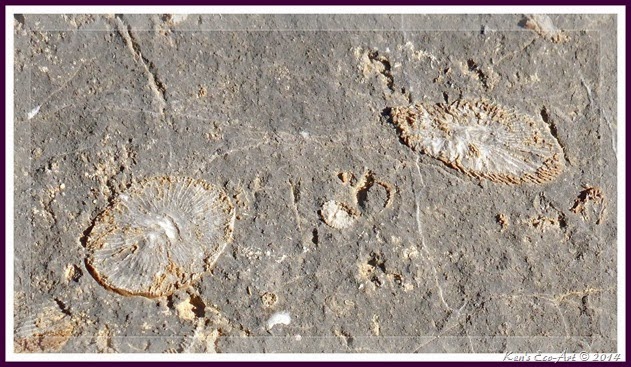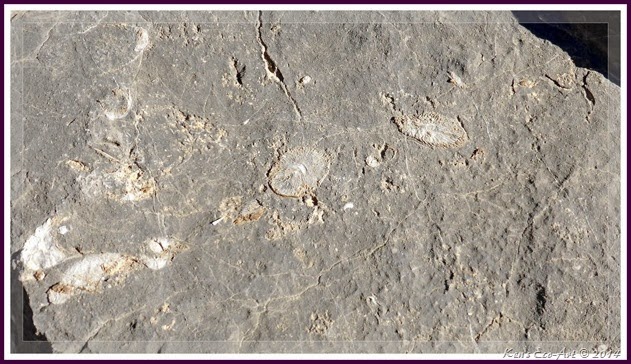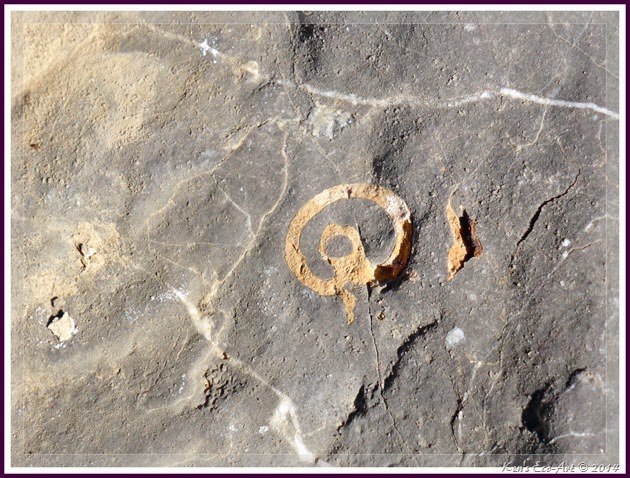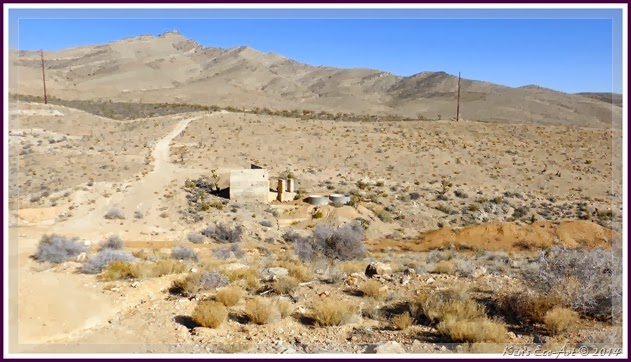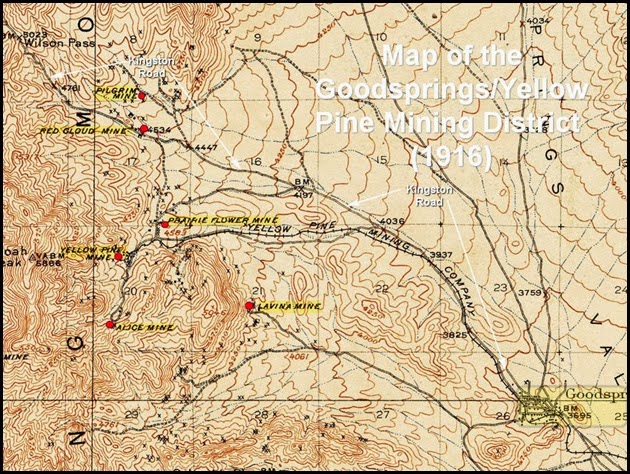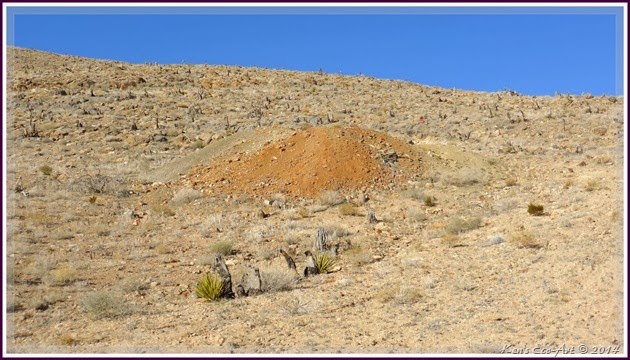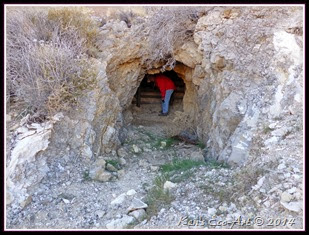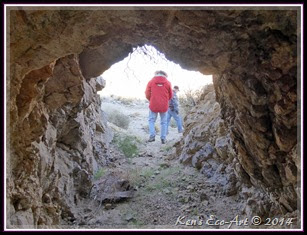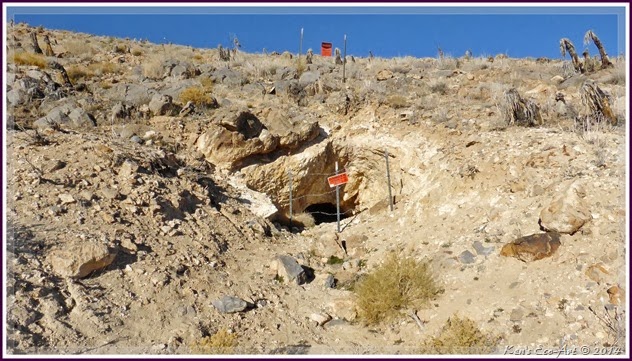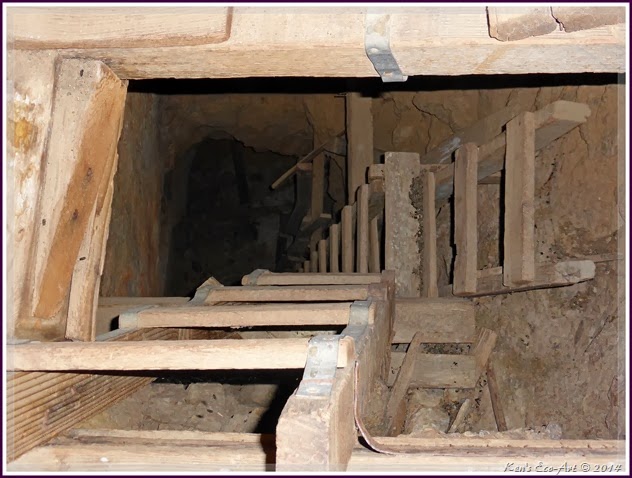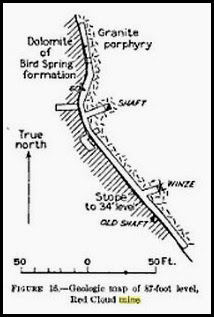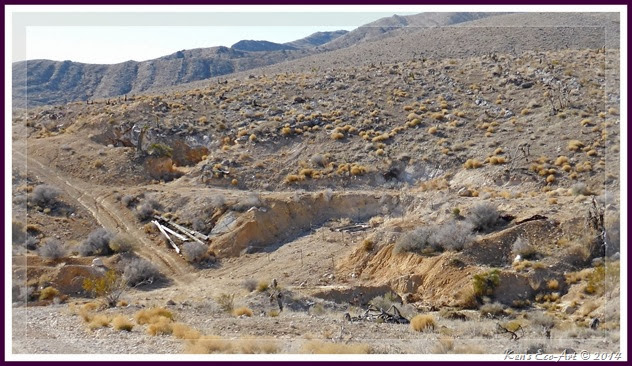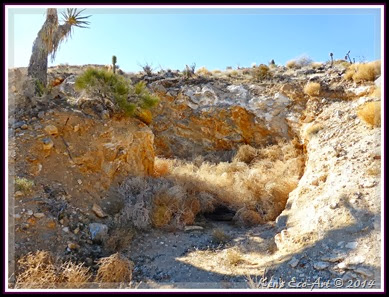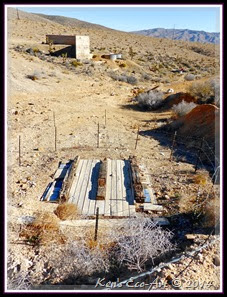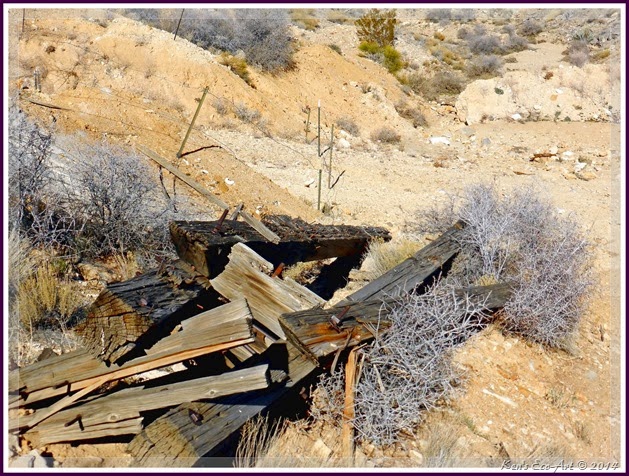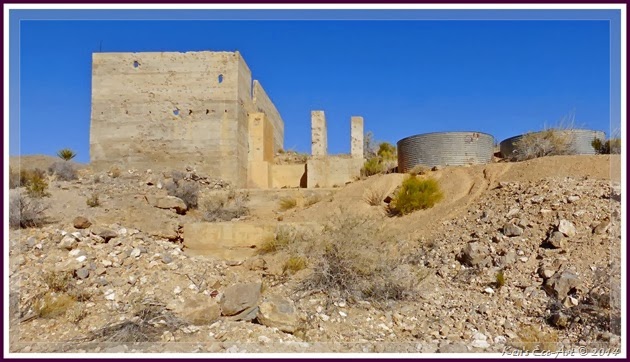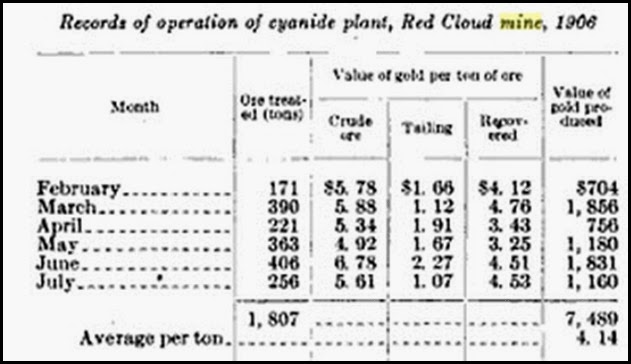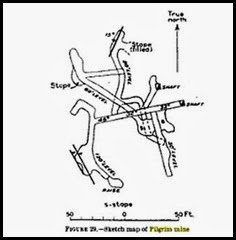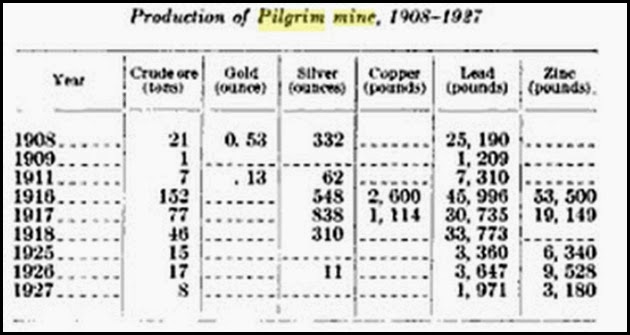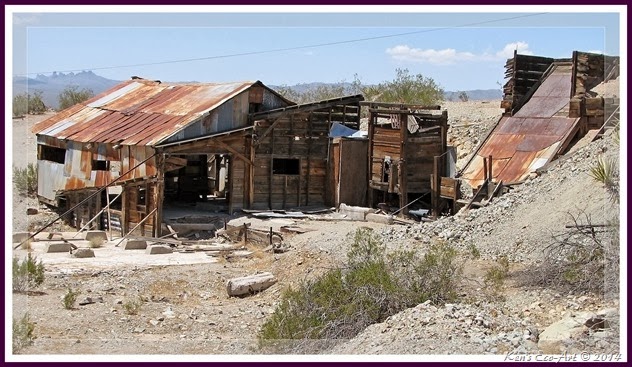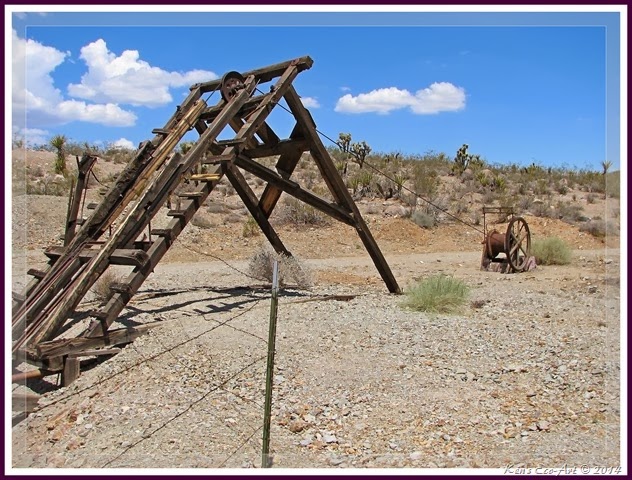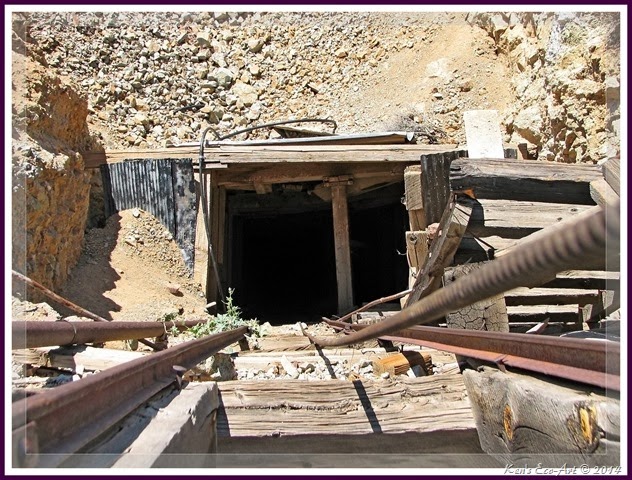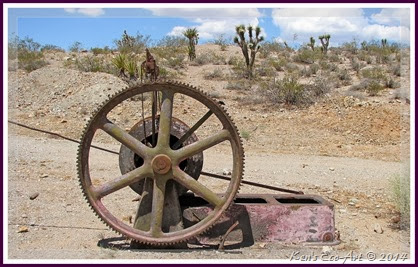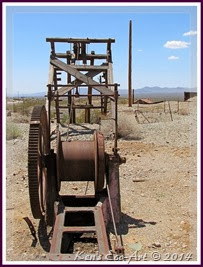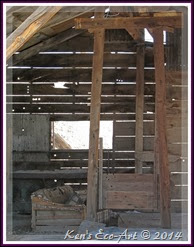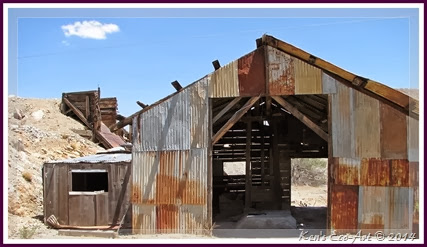January 2014 Posts:
Valley of Fire -Silica Dome
Death Valley - Artists Drive (Death Valley National Park)
Death Valley - Dante's View (Death Valley National Park)
Las Vegas Places of Interest - Bellagio's Conservatory & Botanical Garden
Las Vegas Places of Interest - Container Park
Plants & Lichen - Cryptobiotic Soil
UPDATE - Lovell Wash - Lovell Wash Summary (Anniversary Mine/Narrows)
Lovell Wash - Lovell Wash Prospects
Various Animals & Reptiles - Painted Turtle (Chrysemvs picta)
Nevada Mines - Keystone Mine - Kingston Road
Nevada Mines - Red Cloud Mine - Kingston Road
UPDATE/Lake Mead NSR -Rogers Spring
UPDATE/St. Thomas - St. Thomas, Nevada
Nevada Mines - Southern Nevada (Spokane) Mine
Fossils - Fossils near Potosi Mine
Nevada Mines - Potosi Mine - Mt. Potosi Canyon Road
UPDATE - Daytrip - Valley of Fire State Park
Valley of Fire - Valley of Fire - Pinnacles Hike
Valley of Fire - Valley of Fire - Mouse's Tank Hike
Friday
Sunday
Daytrip – St. Thomas Nevada
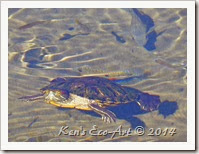 This was my third visit to this ghost town with the rock-hounds from Henderson’s Heritage Park Senior Facility. On this visit I was armed with a better map showing the layout for many of the towns more prominent buildings. As a result I was better able to identify more of the exposed foundation remains. Click here for pictures and info on today’s visit … St. Thomas NV - Trip Notes for 01/16/2014. Also, we stopped at Rogers Spring, a picnic stop along Lake Mead’s North Shore Road that has a small pond that is fed by a natural hot spring. Besides some nice vegetation, this pond is filled with a variety of small fish and turtles. Click here for pictures and info … Rogers Spring. Click here to view the page I created for the turtles I found at Rogers Spring ... Painted Turtle (Chrysemys picta). This was my third visit to this ghost town with the rock-hounds from Henderson’s Heritage Park Senior Facility. On this visit I was armed with a better map showing the layout for many of the towns more prominent buildings. As a result I was better able to identify more of the exposed foundation remains. Click here for pictures and info on today’s visit … St. Thomas NV - Trip Notes for 01/16/2014. Also, we stopped at Rogers Spring, a picnic stop along Lake Mead’s North Shore Road that has a small pond that is fed by a natural hot spring. Besides some nice vegetation, this pond is filled with a variety of small fish and turtles. Click here for pictures and info … Rogers Spring. Click here to view the page I created for the turtles I found at Rogers Spring ... Painted Turtle (Chrysemys picta). |
Daytrip – Southern Nevada (Spokane) Mine – Searchlight
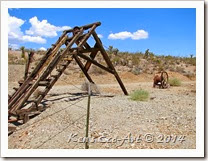 I’m sure most of you that live in this area have driven by this mine. One can't drive to Searchlight or beyond without noticing the impressive remains of the abandoned mine along the side of the road about a mile and a half north of town. I stopped and visited this mine with my neighbor Marc Resnic over five years ago, but was never able to identify it by name until recently. As a result I created the following page … Southern Nevada (Spokane) Mine. I’m sure most of you that live in this area have driven by this mine. One can't drive to Searchlight or beyond without noticing the impressive remains of the abandoned mine along the side of the road about a mile and a half north of town. I stopped and visited this mine with my neighbor Marc Resnic over five years ago, but was never able to identify it by name until recently. As a result I created the following page … Southern Nevada (Spokane) Mine. |
Daytrip – Red Cloud & Keystone Mines (Goodsprings)
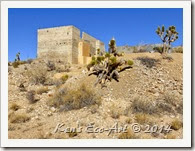 Harvey, Robert Croke and myself recently spent a day exploring some more mines in the Goodsprings Mining District, along Kingston Road, north and west of the town. The first mine that we explored along the way was the Red Cloud. Click here for pictures and info … Red Cloud Mine. From here it was about another eight miles up Kingston Road to the Keystone Wash and the Keystone Mine on the west side of Shenandoah Peak, where we spent the majority of our day. Click here for pictures and info ... Keystone Mine. Harvey, Robert Croke and myself recently spent a day exploring some more mines in the Goodsprings Mining District, along Kingston Road, north and west of the town. The first mine that we explored along the way was the Red Cloud. Click here for pictures and info … Red Cloud Mine. From here it was about another eight miles up Kingston Road to the Keystone Wash and the Keystone Mine on the west side of Shenandoah Peak, where we spent the majority of our day. Click here for pictures and info ... Keystone Mine. |
Friday
Daytrip – Potosi Mine
|
Saturday
2013 – The Year In Review
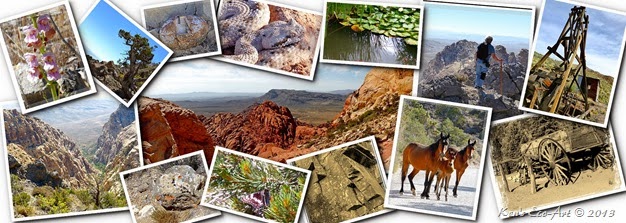 |
| As my final post for 2013, I recently posted a page that showcases more than 150 of my favorite photos that were taken on various hikes over the past twelve months. This page covers a wide range of photographic subjects; from people to deserted mines, to desert animals, to mountain landscapes and much more. Check it out here … 2013 - The Year in Review. |
Friday
Daytrip – New Year’s Day Hikes to Valley of Fire
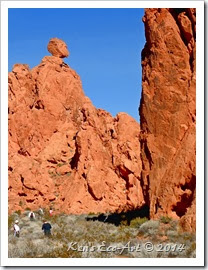 I started the New Year off hiking with Harvey Smith and Robert Croke on the Valley of Fire’s “2014 First Day Guided Hikes”. It was just a beautiful sunny day with temperatures in the 60’s. Because we arrived early, we hiked Mouse’s Tank and Petroglyph Canyon first on our own. This hike provided us with a little “warm’up”, as well as hundreds of ancient petroglyphs. Check it out here … Mouse's Tank. On the second hike, a 5-mile R/T hike to the Pinnacles, there were 15 other hikers in the group. Because we still had the morning sun, I was able to get some very colorful pictures like the one on the left. Check it our here … Pinnacles Hike. This is the second year in a row I’ve attended these New Year’s Day hikes at Valley of Fire and hope to make it an annual tradition. I started the New Year off hiking with Harvey Smith and Robert Croke on the Valley of Fire’s “2014 First Day Guided Hikes”. It was just a beautiful sunny day with temperatures in the 60’s. Because we arrived early, we hiked Mouse’s Tank and Petroglyph Canyon first on our own. This hike provided us with a little “warm’up”, as well as hundreds of ancient petroglyphs. Check it out here … Mouse's Tank. On the second hike, a 5-mile R/T hike to the Pinnacles, there were 15 other hikers in the group. Because we still had the morning sun, I was able to get some very colorful pictures like the one on the left. Check it our here … Pinnacles Hike. This is the second year in a row I’ve attended these New Year’s Day hikes at Valley of Fire and hope to make it an annual tradition. |
Daytrip – Top of the World Arch Hike
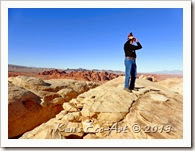 On my second trip to the Valley of Fire in two weeks, I made my third attempt to find the “Top of the World Arch”. Having failed on my previous two attempts, this time, armed with a group of map printouts, I was determined to find the arch. I was joined by my friend and fellow rock-hound hiker, Bob Croke. Even though this hike turned out to be much more difficult than I had anticipated, and took us longer than we expected, we finally made it to the top. Click here to check it out … Valley of Fire Trip Notes for 12/13/2013 Top of the World Arch Hike. On my second trip to the Valley of Fire in two weeks, I made my third attempt to find the “Top of the World Arch”. Having failed on my previous two attempts, this time, armed with a group of map printouts, I was determined to find the arch. I was joined by my friend and fellow rock-hound hiker, Bob Croke. Even though this hike turned out to be much more difficult than I had anticipated, and took us longer than we expected, we finally made it to the top. Click here to check it out … Valley of Fire Trip Notes for 12/13/2013 Top of the World Arch Hike. |
Wednesday
Container Park
{Click on an image to enlarge, then use the back button to return to this page}
This page last updated on 12/23/2017
Fossils near Potosi Mine
{Click on an image to enlarge, then use the back button to return to this page}
| ||
| Picture Notes: On 01/08/2014, during a hike to the historic Potosi Mine on the western flank of Potosi Mountain, I observed several large rocks that were embedded with various seabed-like fossils (Fig. 01), a close-up of (Fig. 02). My guess is that they may be some type of pelecypods or Brachiopoda. If anyone viewing this page can identify these, please email me at ... kccandcj@yahoo.com. Even though the item in the center of (Fig. 03) appears to be some type of fossilized item, I have no idea as to what it might be. Something I find interesting is that only last year I found quite a few rocks containing sea fossils at the very top of Mount Potosi … Mount Potosi Fossils. | ||
| ||
| ||
The slideshow below is designed to run automatically in place. Clicking anywhere in the black background area that surrounds the picture being shown will PAUSE the show and bring up the Pause, Forward and Back menu at the bottom of the slideshow window, allowing you to start, stop or manually forward pictures one at a time. To view the slideshow full-screen, click in the middle of the running show. When the new browser window appears, click on "slideshow" button in the bottom left corner of the window where it says "slideshow". |
Slideshow Description: The slideshow above contains 41 pictures that were taken on this hike. |
Red Cloud Mine - Goodsprings/Yellow Pine District
{Click on an image to enlarge, then use the back button to return to this page}
| ||||||
| ||||||
| Directions: Recently I located this old map (Fig. 01) (circa 1916) of the Goodsprings area. Shown in the upper left corner of the map, both of these mines are located approximately 4 miles northwest of Goodsprings Nevada, off of what today is know as Kingston Road. | ||||||
| 01/15/2014 Trip Notes: Today Harvey and I and Robert Croke headed out behind Goodsprings in search of some new mines to explore. Before locating the Red Cloud mine we showed Bob some of the Yellow Pine mines we had visited on previous trips. We also found two additional (unidentified mines) located in the hills, north, behind the Yellow Pine Mine. After exploring these mines, we then headed back to Kingston Road in search of the Red Cloud mine. We located the mine site (Fig. 01) less than two mile north of Kingston Road. We spent nearly an hour exploring the abandoned adits, shafts and mill ruins scattered around this site. As we were anxious to locate the Keystone Mine, we didn’t spend any more time in this area. Even though we did not get to the site of the Pilgrim Mine, I have included what information I have on it at the bottom of this post. | ||||||
| Unidentified Mines: The first site (Fig. 03) provided us with two adits to explore. Unfortunately, as is often the case, the first one (Figs. 04 & 05) had steel bars across the width of the adit that prevented exploration much beyond 10-12 feet. The second opening (Fig. 06) proved more promising, however, after about 20 feet in there was a very steep shaft with some wood framing and a series ladders (Fig. 07) that was too unstable to descend. The mine at the second site had a very large steel structure covering the shaft to prevent entry. | ||||||
| ||||||
| ||||||
| ||||||
| ||||||
| ||||||
| ||||||
| ||||||
| ||||||
| ||||||
| ||||||
Secondary Mining: Copper, Silver, Lead. The Pilgrim mine is located about 5 miles northwest of Goodsprings, on the north side of Kingston Road, about .2 miles northeast of the Red Cloud Mine. The claim was made in 1892 by A.G. Campbell, but little work was done until 1908. It was later acquired by Harvey Hardy and associates, and then by the Pilgrim Mining Company. There are a few open collar shafts and a good sized tailing pile, but the mine was dug into the valley floor; not a hillside. As you can tell from (Fig. 15), the principal working is an inclined shaft, which extends westward at 32 degrees to the 90-foot level and then 45 degrees to the 120-foot level. There also drifts south at 40 feet and north at 52 feet. As you can see from the production chart (Fig. 16), nearly 2,000 ounces of silver were retrieved from the mine between 1908 and 1918; however, it produced mostly lead (130,000+ lbs) and zinc (73,000+ lbs). | ||||||
| ||||||
Southern Nevada (Spokane) Mine (Searchlight, NV)
{Click on an image to enlarge, then use the back button to return to this page}
| ||||||
10/22/2016 Trip Notes: I recently visited this site with my friend Jim Herring. Even though there wasn't much new to take pictures of, it was noticed that the remaining structures (Fig. 01A) seem to have suffered more deterioration from a combination of weather and vandalism.
| ||||||
| 07/27/2009 Trip Notes: I stopped and visited this mine with my neighbor Marc Resnic over five years ago, but was never able to identify it by name until recently. As a result I never posted these pictures. One can't drive to Searchlight or beyond without noticing the impressive remains of the abandoned mine along the side of the road. The structure in (Fig. 01) is the remains of the 10-ton stamp mill and a building that appears to have been a shed that was used for operation, storage and possibly living quarters. (Fig. 02) show the upper portion of the head frame located above the mine's main shaft. Using a winch and cable, run through the top of the head frame, ore carts were used to bring ore out and miners up and down into the mine. As you can see in (Fig. 03) there was an ore cart track that ran more than 250 feet down into the mine with a crude, ladder-like stairway that ran along the right side. (Fig. 04) is the cable drum and part of the gearing (Fig. 05) that was connected to a motor (obviously missing) that was bolted to the back of the heavy steel frame that was used to hoist the carts up and down into the mine. Closer inspection of the building (Fig. 07) adjacent to the side of the stamp mill shows an old couch (Fig. 06) inside the building. | ||||||
| ||||||
| ||||||
| ||||||
| ||||||
| Mine Description: The Southern Nevada mine property includes two mines, one known as the Spokane and another about a half mile north of the Spokane called the Blossom. Unfortunately, I have been unable to determine exactly when this mine was discovered or how long it was worked. Suffice it to say, it was probably sometime after G.F. Colton, a notable prospector, discovered a rich gold vein in 1897 that eventually turned Searchlight into a boom town. By 1907 Searchlight contained over forty-four working mines and a population of 5,000. The primary mining here was for Gold, however, secondary ores included Silver, Lead and Copper. In addition to the deep incline shaft on the front of the property located near the highway, there is another large incline shaft and two collar shafts in the hills beyond the 10-ton stamp mill and cabin. Several winches are scattered about the property along with a ceiling hoist and a small kiln. Though early mining produced some good ore from this shaft, abundant water was encountered near the 250-foot level. Though the shaft was extended an additional 4 feet, it was never dug any deeper, however there are a series of drifts. A vein exposed on the surface was explored by three shafts or deep pits, two of which are very close to the road south of the mill site. This may be why two additional shafts behind the hill were dug. The good news was that the shaft supplied ample water for the 10-stamp mill. Some good ore was said to have been found in this area, but development ceased after prospecting on the Blossom claim, about 4,000 feet to the north, uncovered a rich ore. Ore from the Blossom claim was milled with the water from the Spokane shaft and produced about $325,000. | ||||||
2014 Year in Review - Landscapes/Panoramas
{REMEMBER - Click on any image to view full size, then use the back button on your browser to return to this page}
| Landscapes and Panoramas Shot During 2014: This post contains a selection of 52 panoramas/landscapes that I captured over the past 12 months of hiking. Some of these locations may be easily recognizable, others not so much. As you scroll down through the images see how many locations you can recognize. Note: Placing your curser over an image will bring up a title bar indicating where the picture was taken. Also, don’t forget that you can enlarge a picture for better viewing by clicking on it. You can then use your browser's back button to return back to this page. |
 |
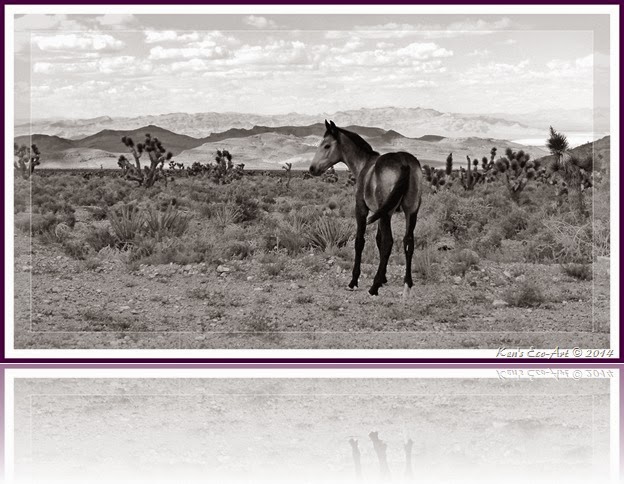 |
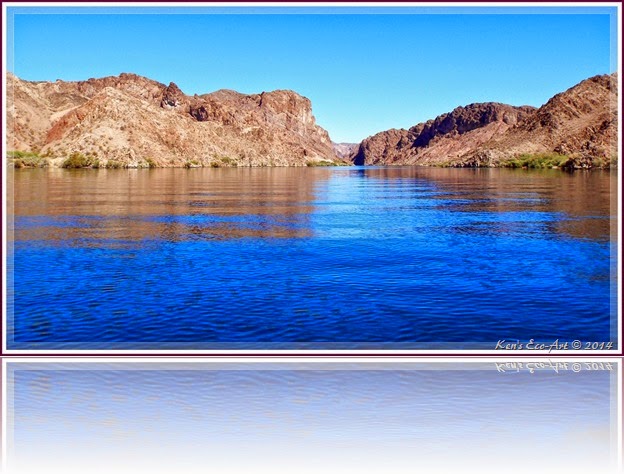 |
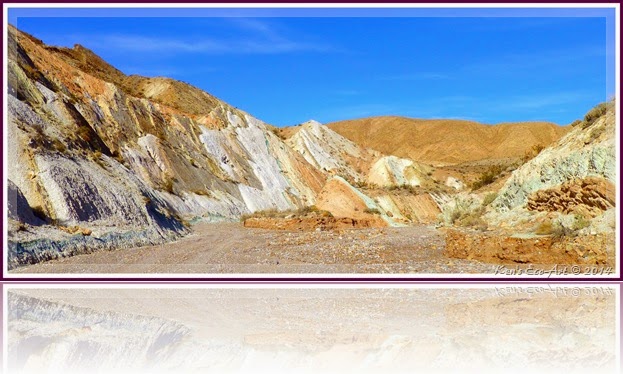 |
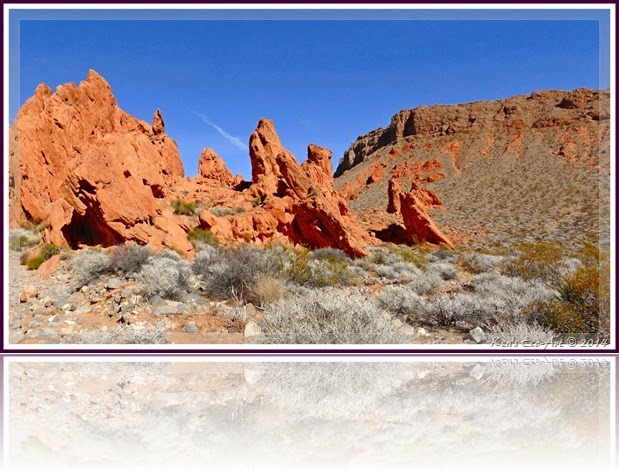 |
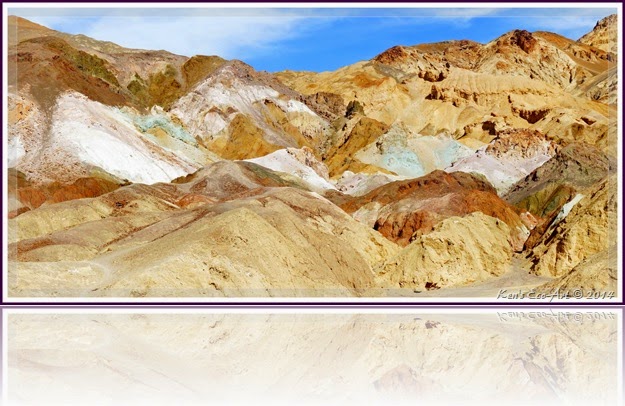 |
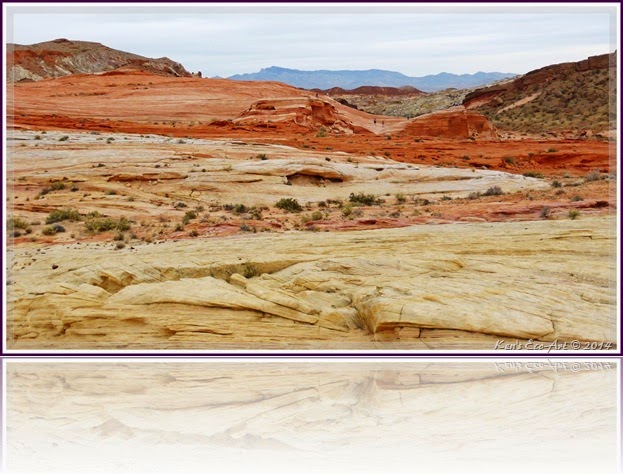 |
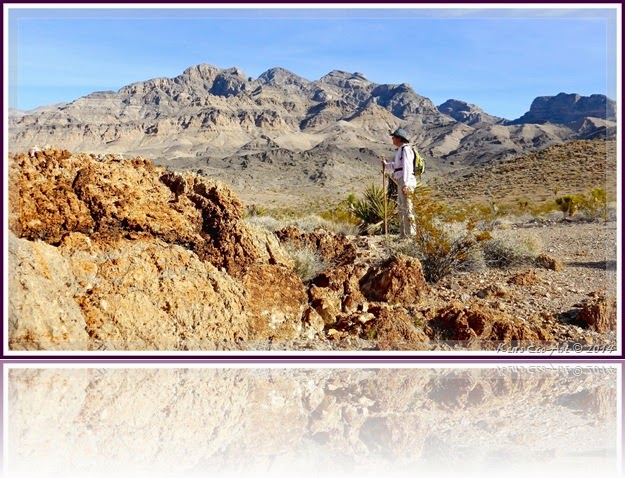 |
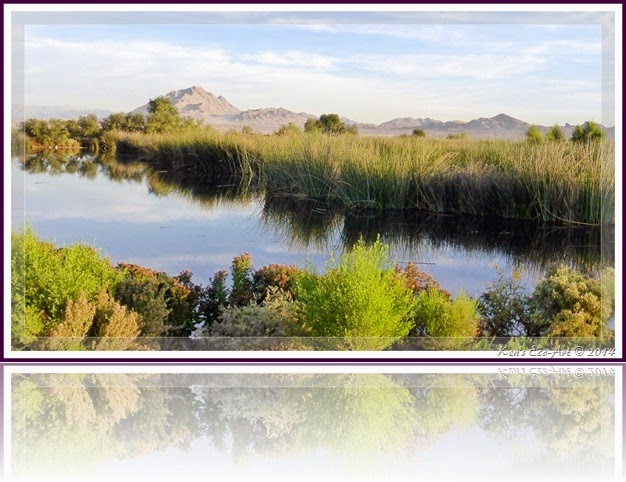 |
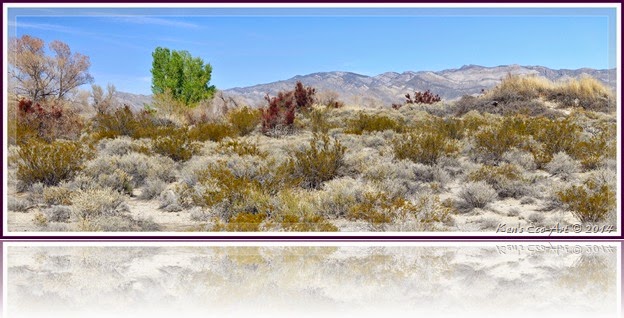 |
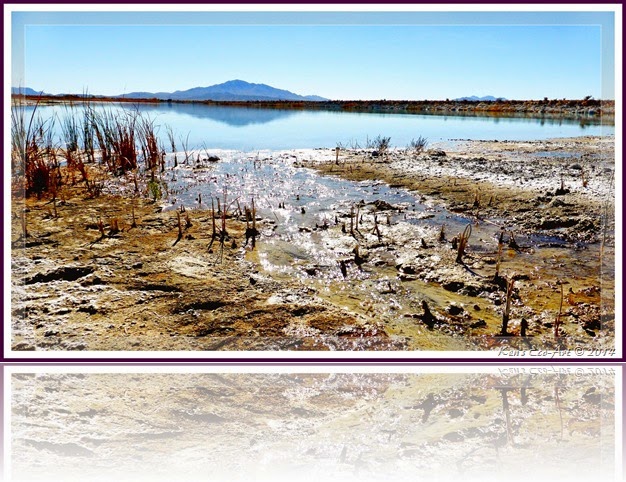 |
 |
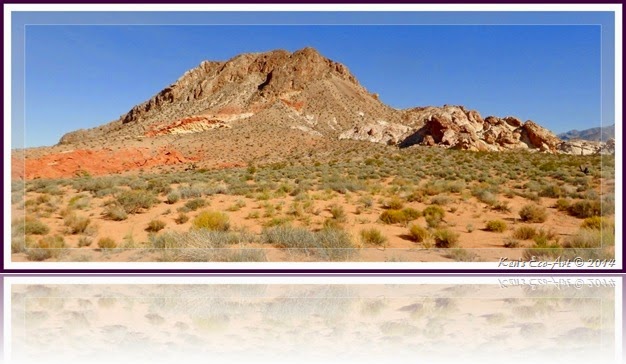 |
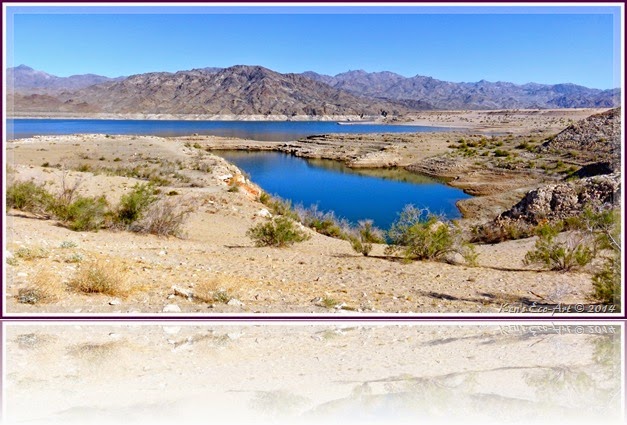 |
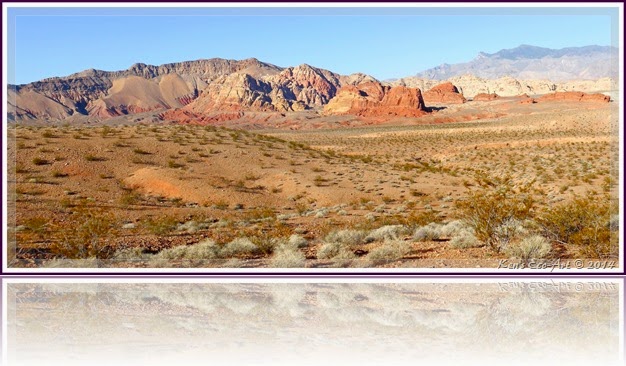 |
 |
 |
 |
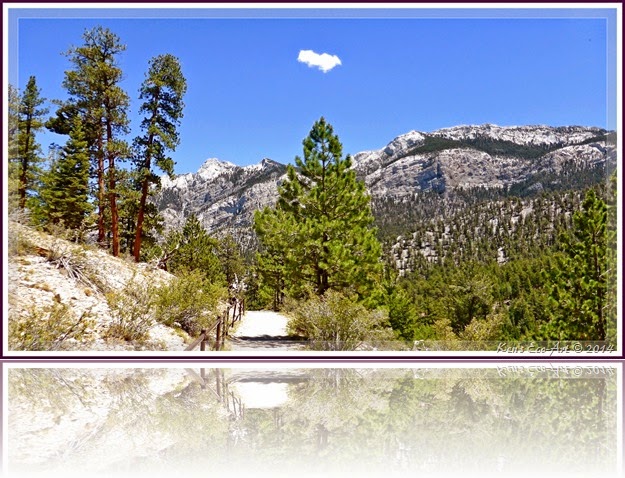 |
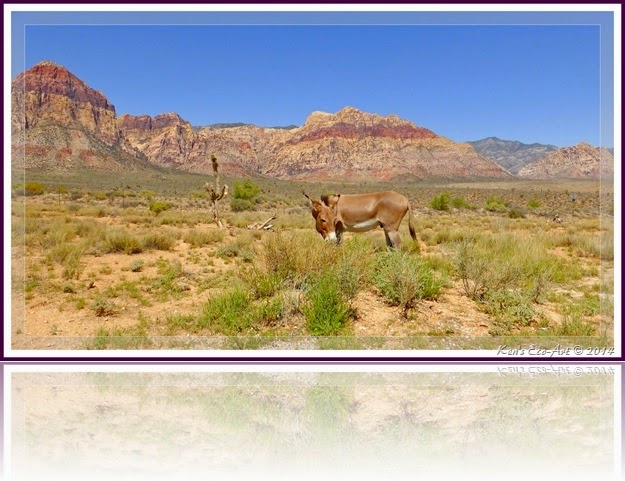 |
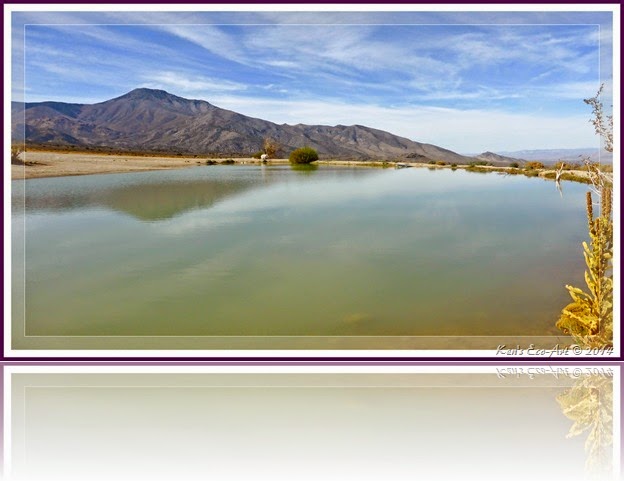 |
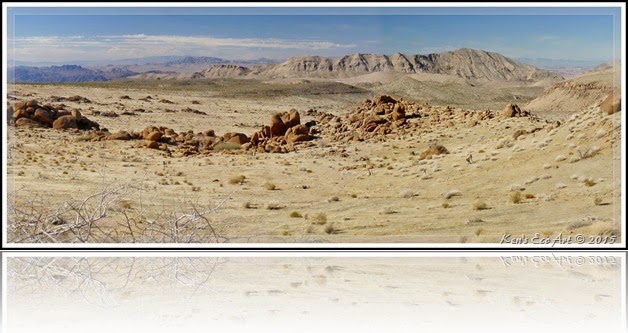 |
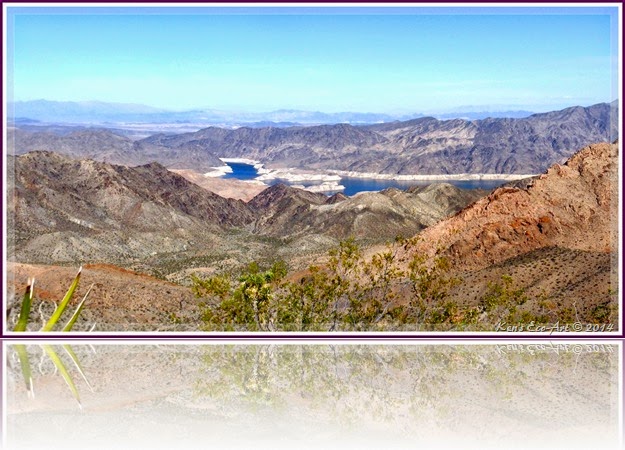 |
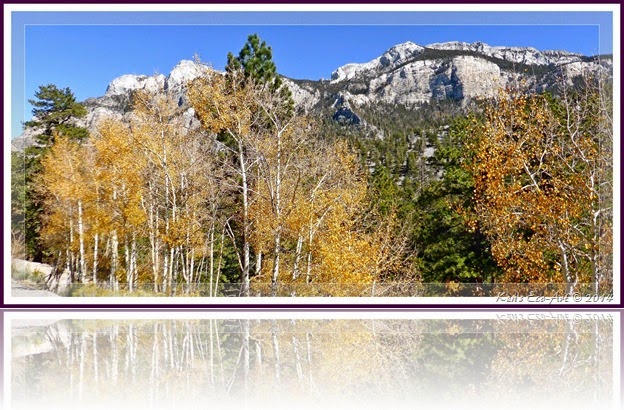 |
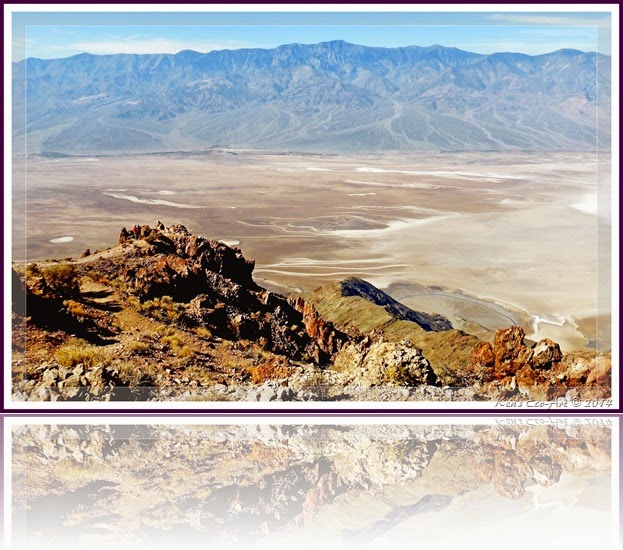 |
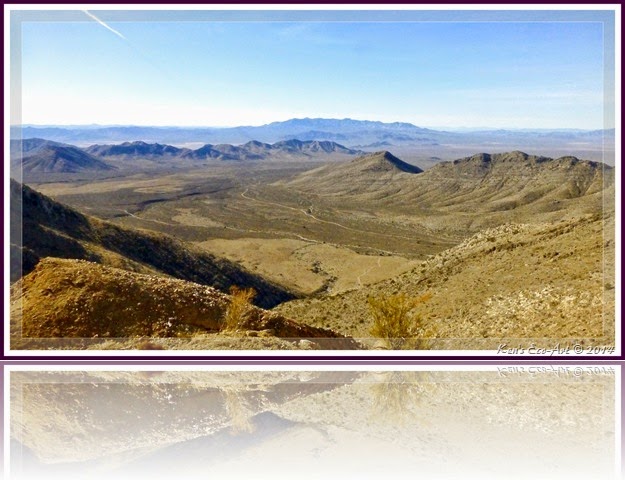 |
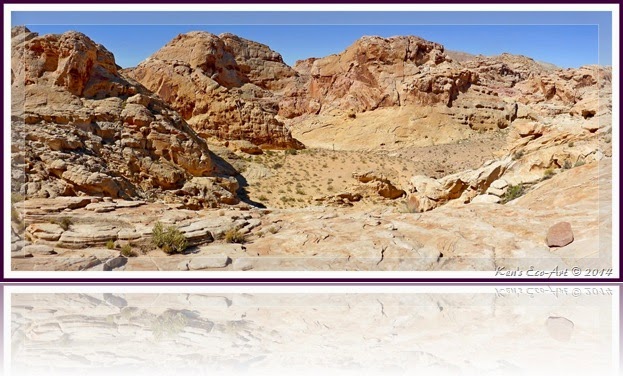 |
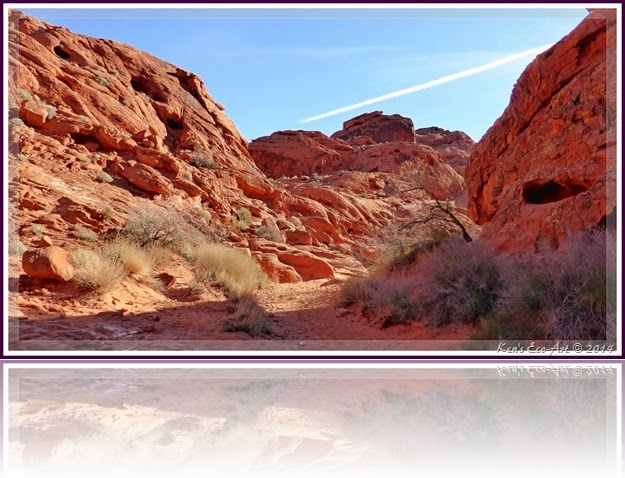 |
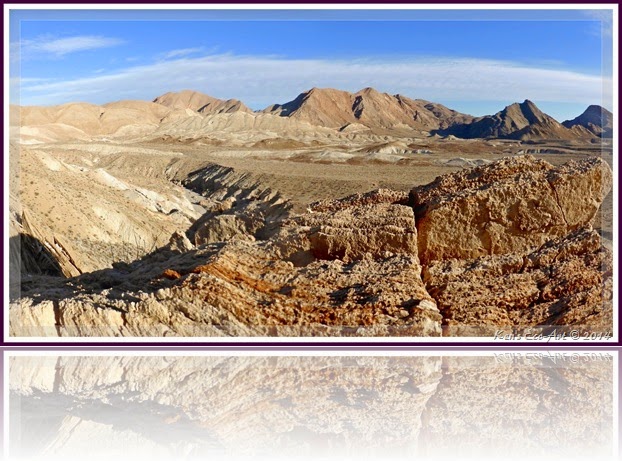 |
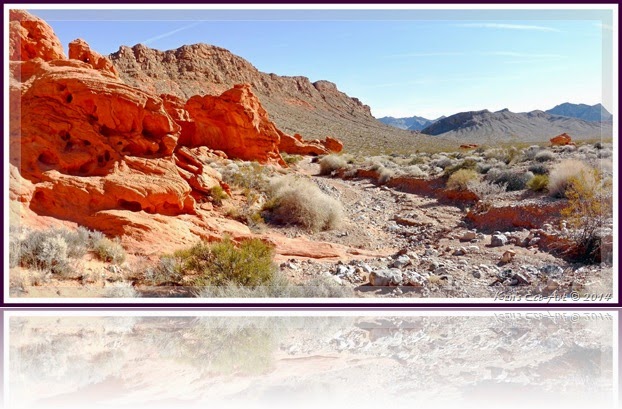 |
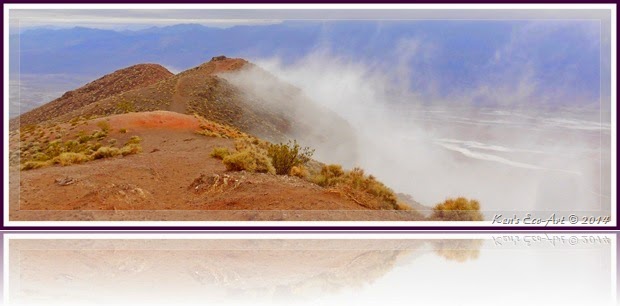 |
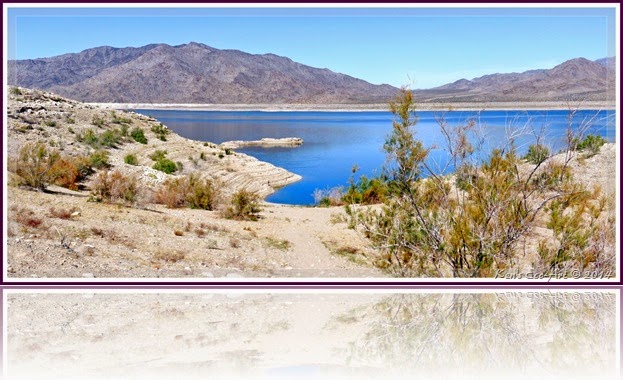 |
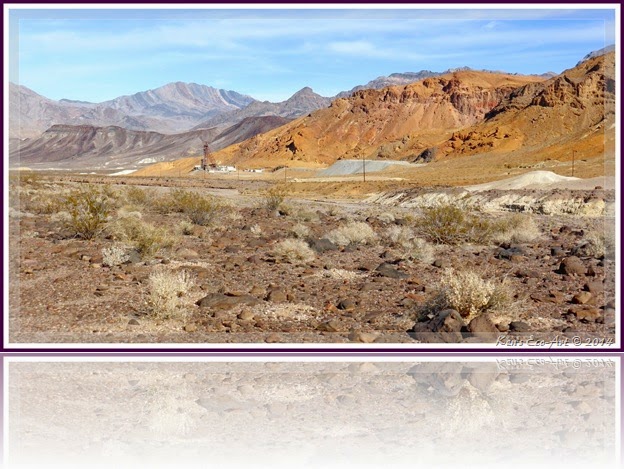 |
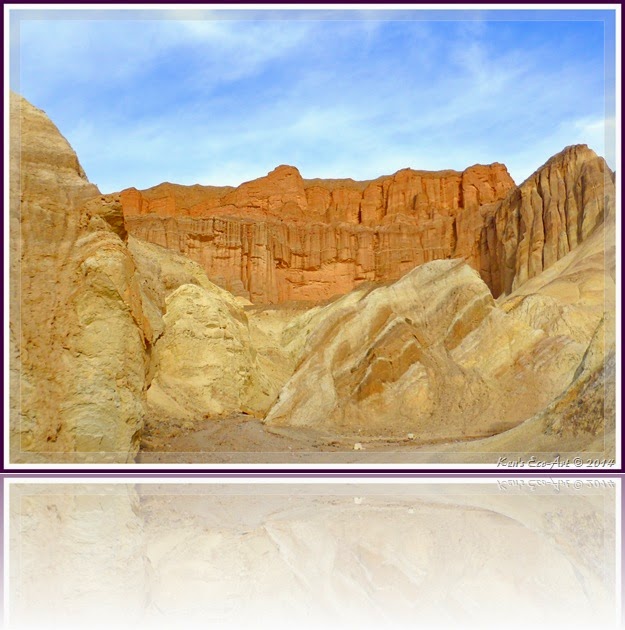 |
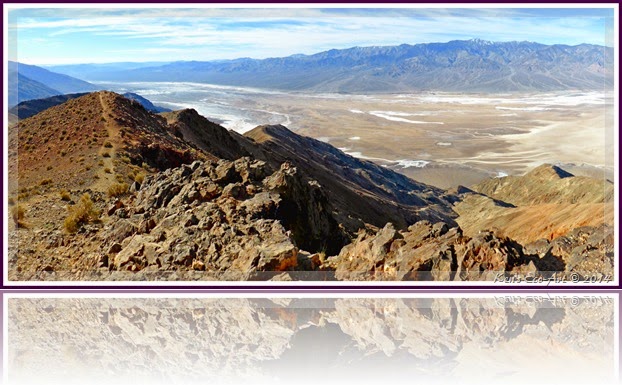 |
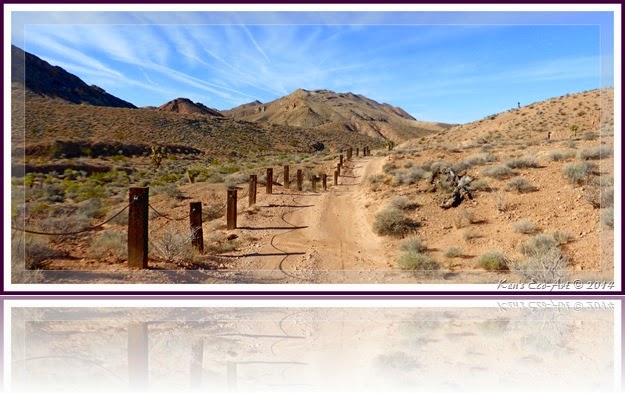 |
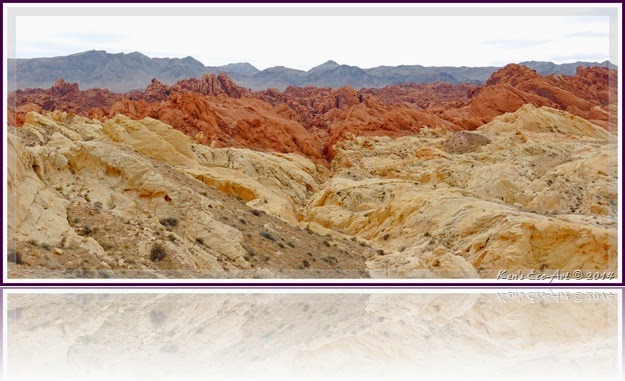 |
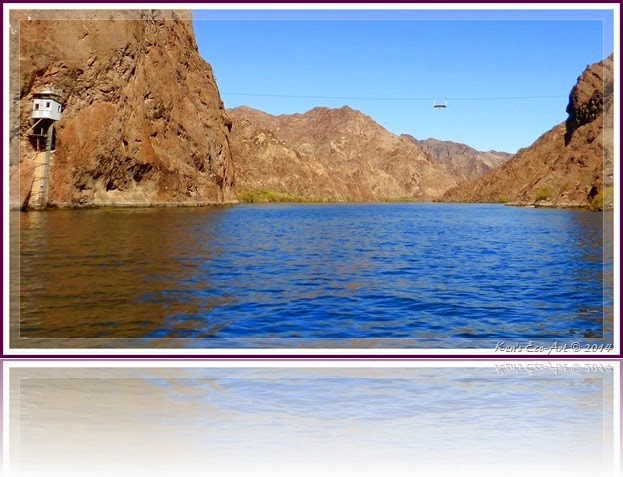 |
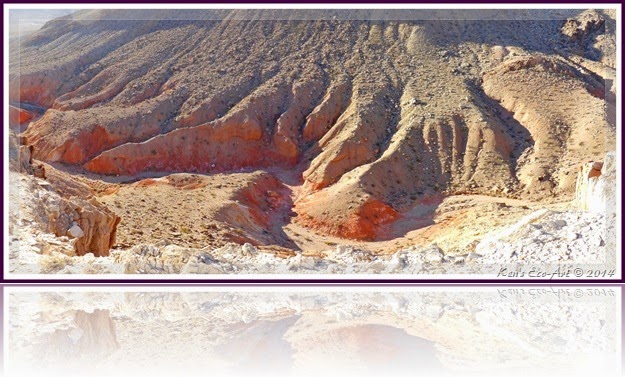 |
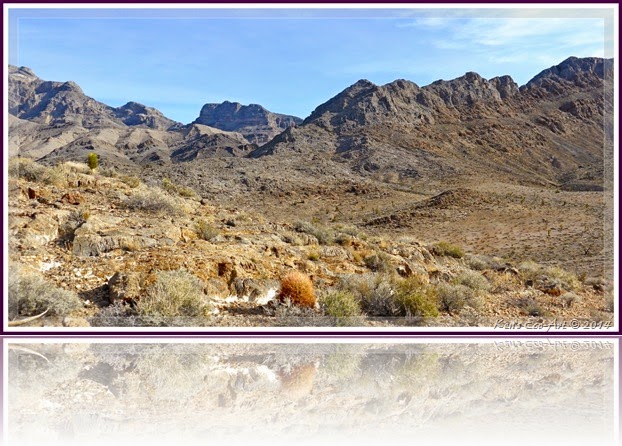 |
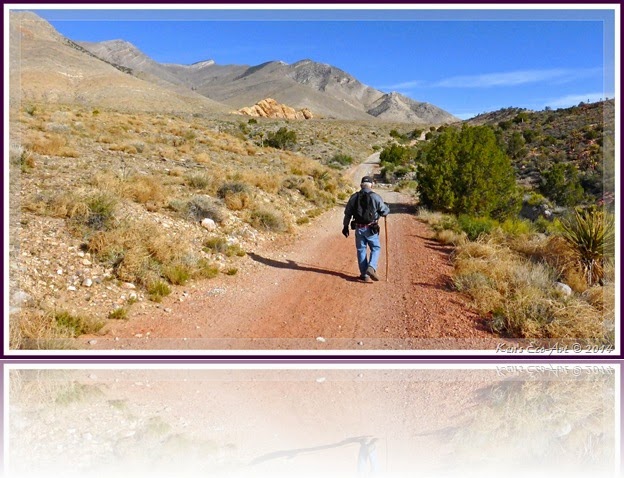 |
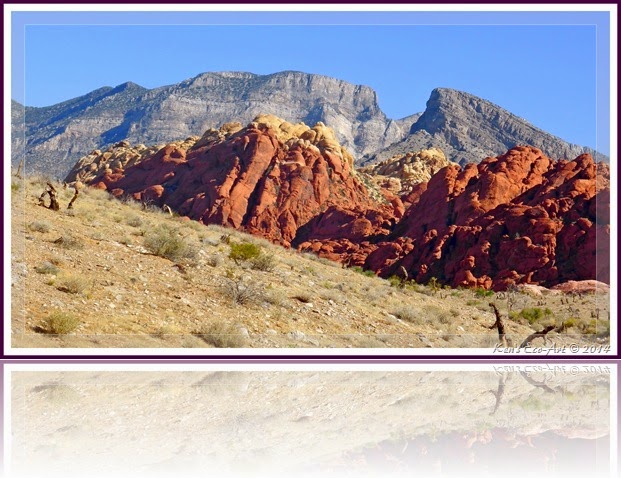 |
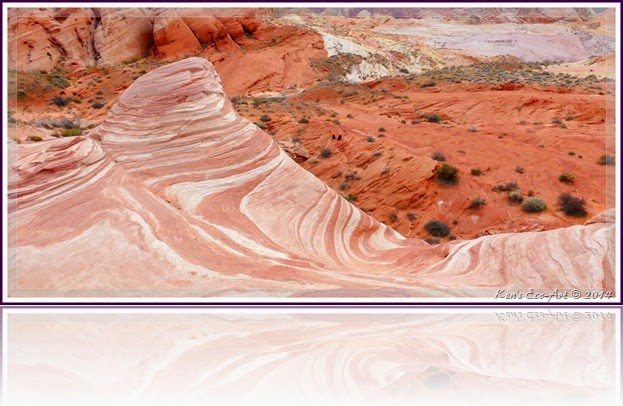 |
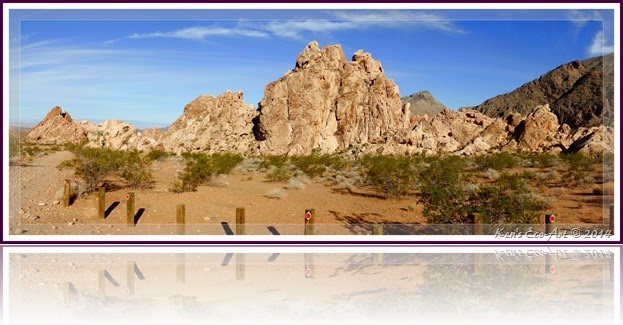 |
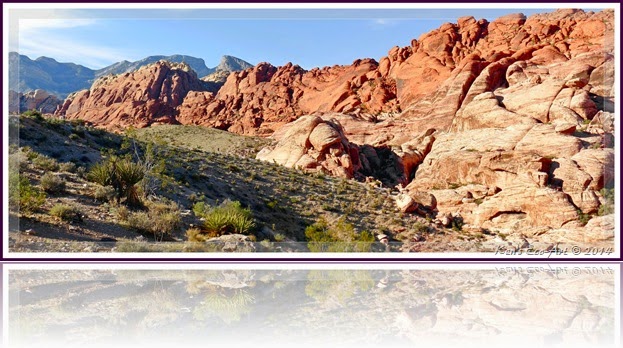 |
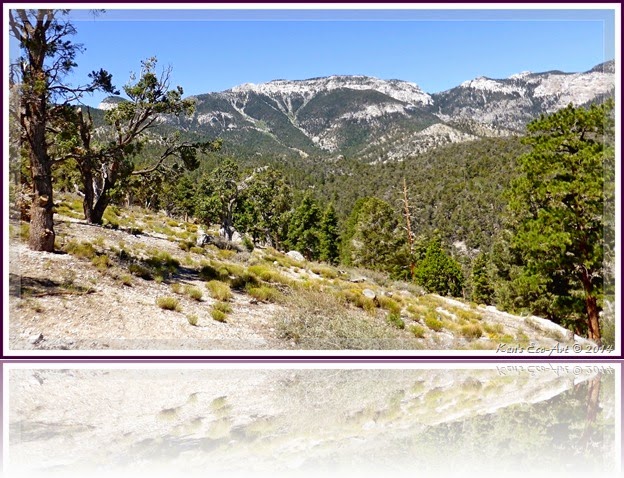 |
 |
 |
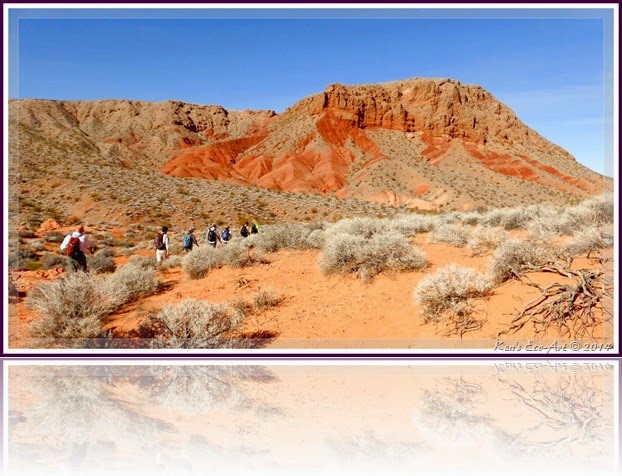 |
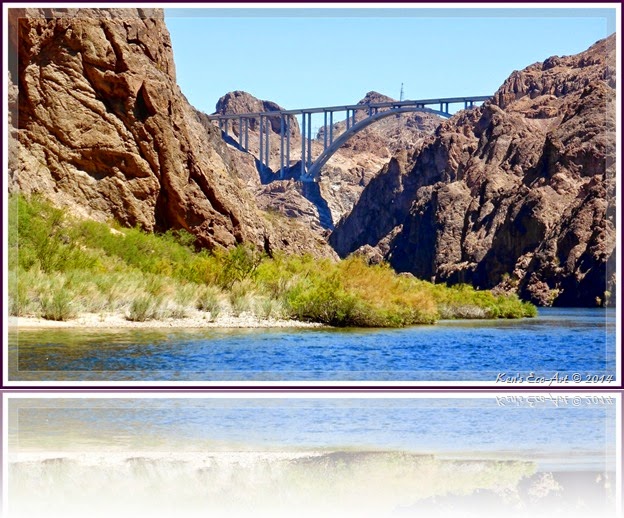 |
Subscribe to:
Posts (Atom)

